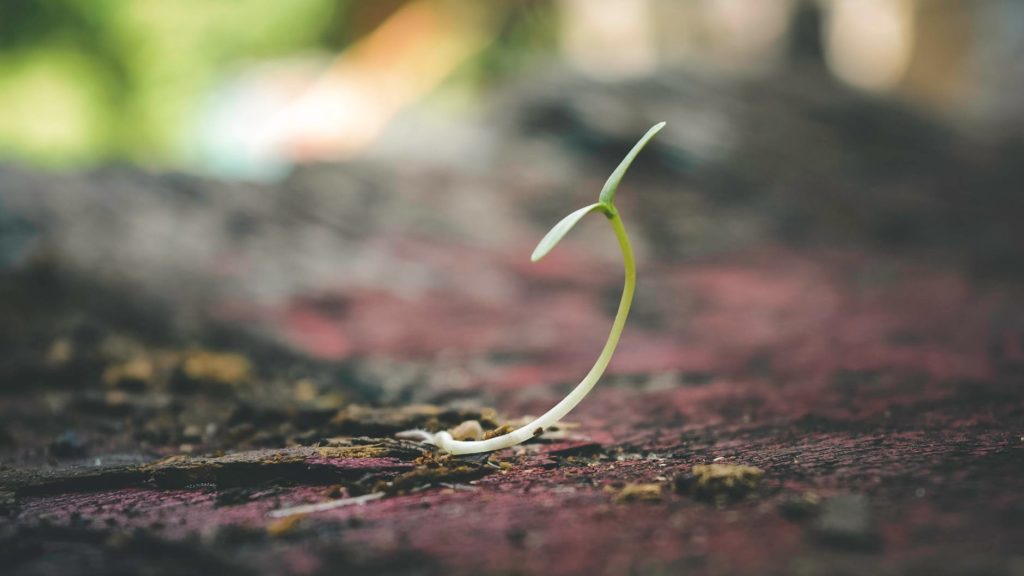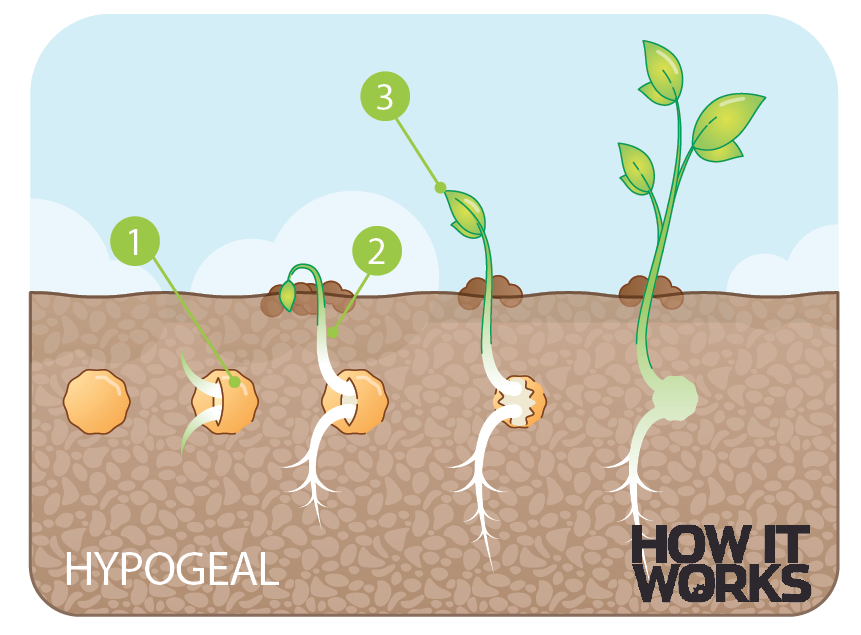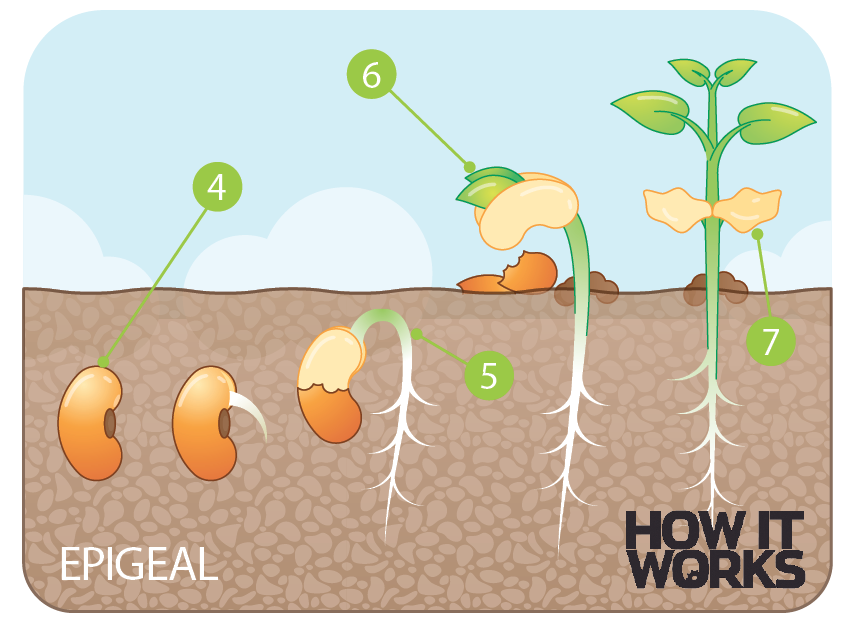Plant Biology: How do seeds grow?
by Scott Dutfield · 23/05/2019

A single seed is bursting with powerful natural forces that allow it to grow into the tallest tree
Every seed, no matter how tiny, is a just-add-water kit for new life. Kept safe within the seed coat is the embryo of a plant lying dormant until the moment is right to emerge and germinate. Some species require specific light or temperature conditions as well as moisture, while others need only oxygen and water to spring into action. Substances called germination inhibitors make a seed wait a year – or many years – if conditions aren’t right for plant development.
When water reaches a seed, it’s absorbed through a tiny opening in the coat and causes swelling as cells are rehydrated – a process known as imbibition. Metabolic processes begin within the seed and cells start to divide, fuelled by a small reserve of nutrients stored in a tissue called the endosperm or in the cotyledon, the part of the embryo that can become the first leaf. The force of the swelling causes the seed coat to burst, allowing the radicle – the embryonic first root – to emerge and anchor the seed.
Roots exhibit positive geotropism, turning in response to gravity’s pull as they grow, so they always head further into the ground. Once the little root has begun its journey downwards, it can provide the seed with water and minerals absorbed from the soil around it. A shoot grows away from the root and against gravity, pushing through the soil so that the seedling’s first leaves can reach the sunlight and take up the important job of photosynthesis.
More than one way to grow
Developing seeds undergo either hypogeal or epigeal germination on their way to adulthood

Staying underground
In hypogeal (meaning ‘below ground’) germination, the cotyledon remains in the soil with the seed.
Pushing through
The epicotyl – the part of the stem above the cotyledon – grows while the hypocotyl remains the same.
Sprouting leaves
The first leaves of the plant develop from a growth at the end of the epicotyl that is called the plumule.

Breaking out
In epigeal (meaning ‘above ground’) germination, the cotyledon ends up above the surface.
Growing the hook
The hypocotyl – the part of the stem below the cotyledon – grows while the epicotyl stays the same.
Revealing the leaves
Once the cotyledon has been pulled up into the open air it will quickly begin to produce the seed leaves.
Dropping off
Cotyledons shrivel up and fall away once the plant has grown several sets of true leaves, its crucial role fulfilled.
This article was originally published in How It Works issue 120, written by Vicky Williams
For more science and technology articles, pick up the latest copy of How It Works from all good retailers or from our website now. If you have a tablet or smartphone, you can also download the digital version onto your iOS or Android device. To make sure you never miss an issue of How It Works magazine, subscribe today!





